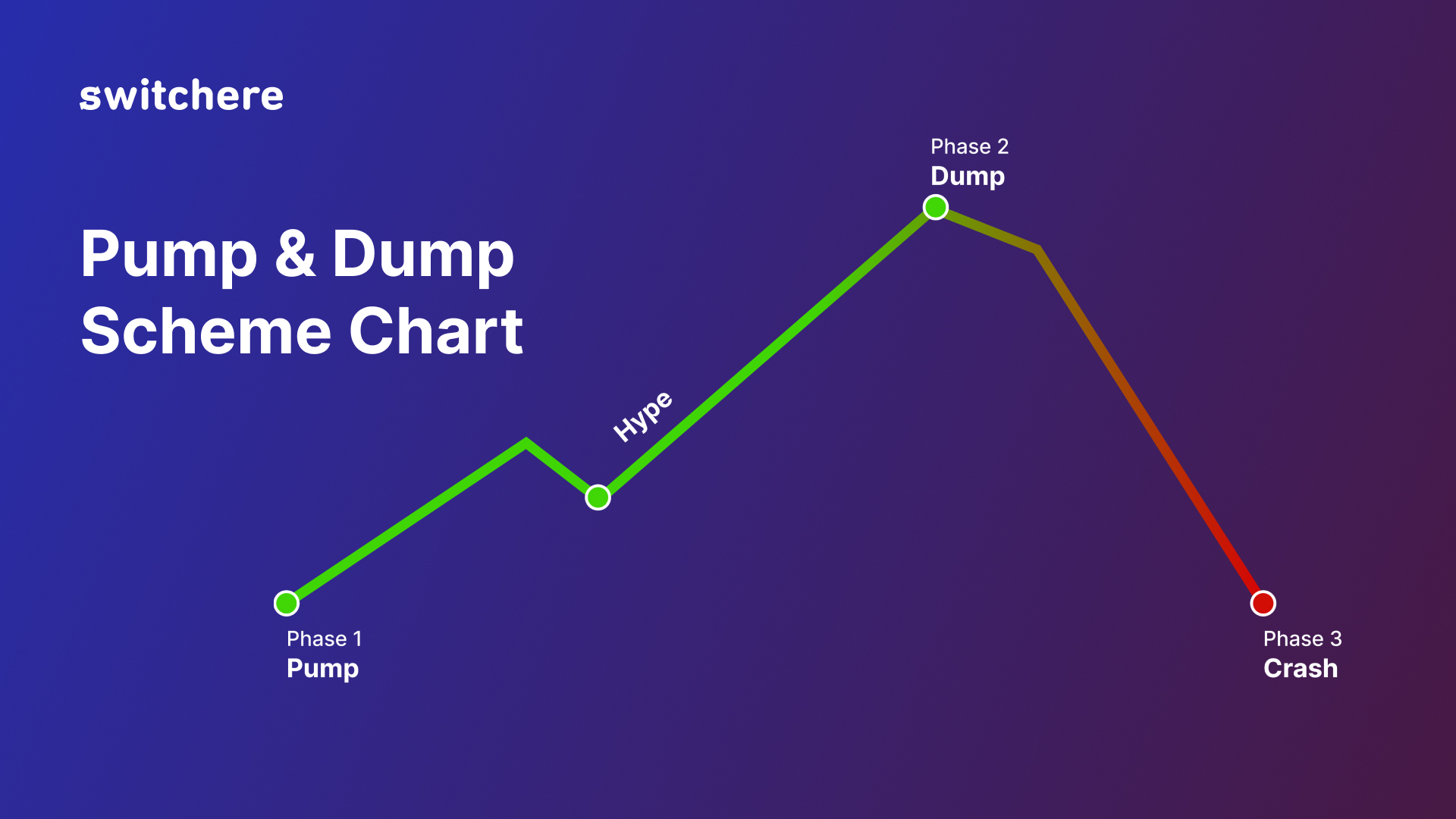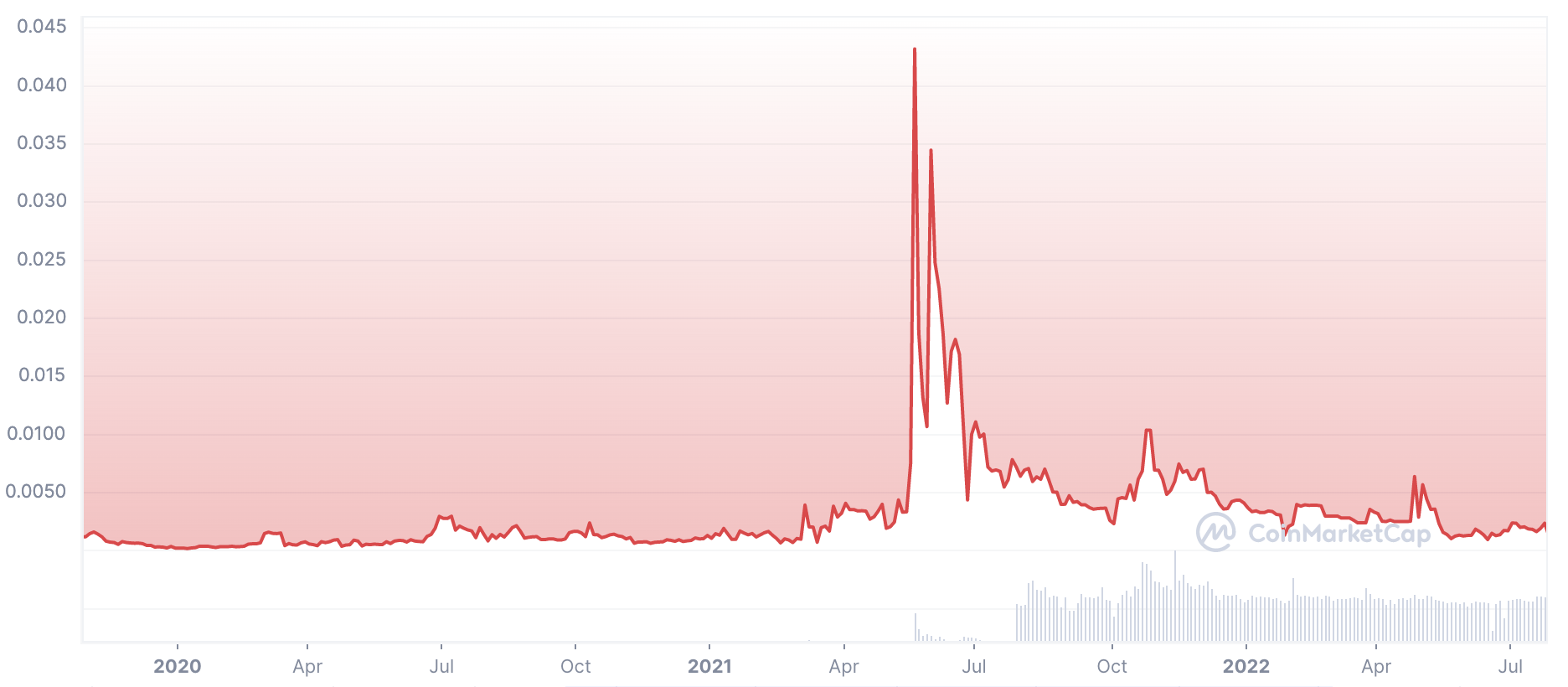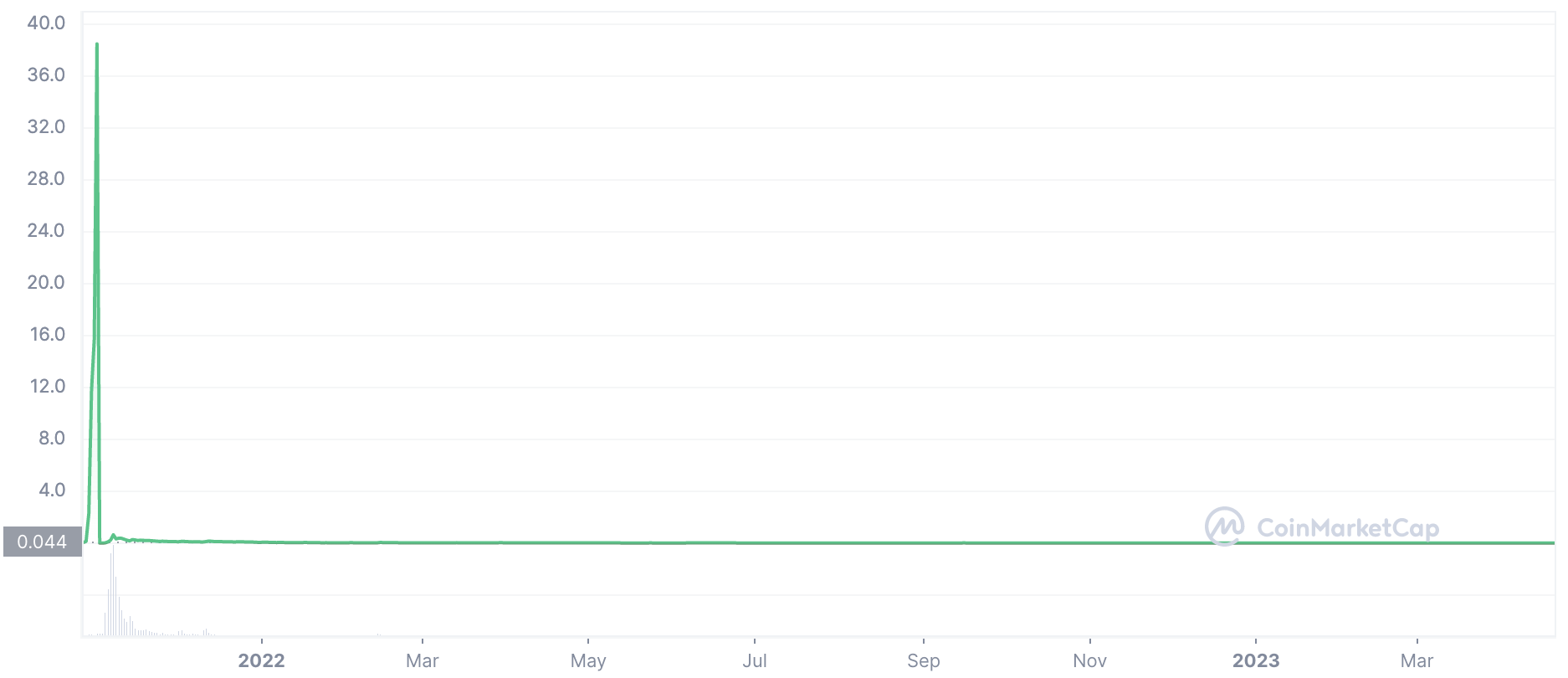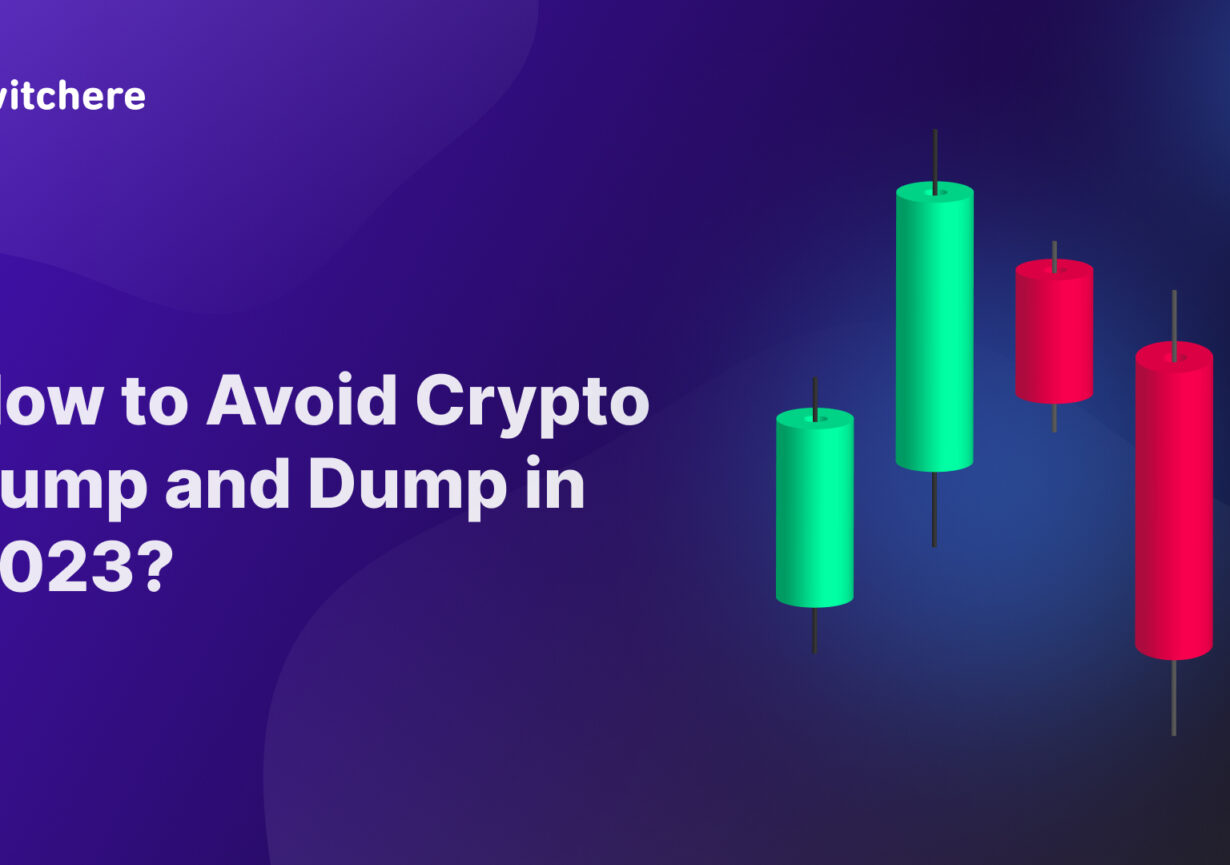At the end of 2021, the little-known Santa Floki (HOHOHO) coin skyrocketed in a matter of hours. And although today this coin is no longer listed, at that moment, investors could earn 5000% profit.
Such short-term price jumps that do not have a fundamental logical explanation are called pumps, while their subsequent decline is called dumps. Therefore, the strategy itself is called Pump and Dump.
What Is Pump and Dump & How It Works
What is Pump and Dump? Well, Pump and Dump is a manipulative scheme for artificially swinging the price with its subsequent collapse. As a rule, this scheme has an organizer who attracts private investors with various tools to increase purchase orders sharply. After the price rises, the organizer gets rid of the asset. The tools used are the media, instant messengers, social networks, mailing lists, viral advertising, etc.
How Does Pump and Dump Work?
-
- Pump organizers choose a platform and a coin to pump and buy it in small volumes to not affect its price. This is often a little-known coin with a stable horizontal price chart.
-
- Organizers launch the first pump wave. An imminent increase in the rate is reported through the media and other sources of information. Investors think they have unique information so that they can earn, but in reality, they become scam victims.
-
- The price begins to rise under the pressure of demand. Other investors see growth and also join the hype. The price is skyrocketing — the upward movement is called a ‘pump.’
-
- Organizers are meeting growing demand by dumping their assets. Growth stops, and private investors are also trying to sell the asset, but there are already much fewer buyers. The price goes down sharply — the downward movement is called a ‘dump.’

The scheme may be way simpler, but its essence is the same: an informational occasion is reported in the media, inspiring investors with confidence in growth. A sharp increase in buying raises an asset’s price, after which a dump occurs.
Pumps can be short-term and long-term. Short-term ones last up to several hours and are local in nature — they are held on a separate platform and practically do not affect the overall pricing. Long-term pumps last for several days.
Key Risks of Participating in Pumps
The main risk is a late entry into a growing market. After the market reversal, there is a sharp imbalance in favor of sellers, and you simply do not have time to sell a coin at the purchase price. You also cannot know in advance which coin will be pumped or mentioned by Elon Musk or Mark Zuckerberg. The speed of your reaction determines success — the faster you buy a coin right after the hype, the more chances you have to earn. Sometimes it is a question of a few minutes or seconds. And one more important thing — make sure to have enough time to sell a coin while there are active buyers.
Another risk is a failed pump. Organized cryptocurrency pumps do not always give the desired effect. Organizers aim to attract a large amount of capital into a specific coin. And if it is not enough to significantly influence the price, investors are left with an illiquid asset that will be difficult to sell even at the current price.
Main Features of Pump and Dump
-
- A wild, sharp rise in price that does not coincide with the growth of the entire market. Shitcoins often follow the general trend. If such a coin shows an increase of 100% per day with an increase in the total market cap by 10%, this is a clear sign of an artificial pump.
-
- A sharp increase in volumes and prices on one platform and the absence of a similar movement on others.
-
- Active advertising of unknown coins in chats, forums, or social networks.
Any price surge that does not have fundamental confirmation or logic and is accompanied by an intrusive marketing campaign is a reason to assess the possible risks.
Cryptocurrency Pump Examples
According to the idea of implementation, pumps can be divided into four main types:
-
- Pumps of top coins by media persons (accidentally or deliberately –- no one can say for sure).
-
- Random pumps. Coins grow due to their similarity with the main coins for no logical reason.
-
- Startups that follow the current trend, collect money, and after a while, appear to be scammers.
-
- Organized pumps planned in advance. There are small organized pumps — they are held on a separate platform and have little effect on the overall price, as they are short-term in nature. Large pumps are held by market makers.
Pumps of Top Coins
At the end of November 2021, Elon Musk suggested on his Twitter that the Vikings could have been on the moon before the American astronauts. This joke may have had some hidden meaning concerning the price movement of BTC to new historical highs. Still, investors decided to react in their own way. Unknown to anyone, VikingsChain, Viking Swap, and Space Vikings soared over 300% in a couple of hours. VikingsChain has already been removed from the CoinMarketCap listing.
A similar situation happened a few months earlier. In May 2021, Musk posted about the small Starbase community chosen for SpaceX’s spaceport. The coin of the same name has risen in price by more than 4500% in 1 hour. Then the coin went down as expected.

Pumps of Random Coins
On October 28, 2021, Mark Zuckerberg announced a change in the concept of Facebook towards the metaverse. The idea of transition to metaverses attracted investors — segment leaders Decentraland (MANA) and Sandbox (SAND) immediately went up in price. But together with them, cryptocurrencies, having a consonant name, but having nothing to do with metaverses, went up in an incomprehensible way.

Metaverse Miner is a shitcoin designed for mining. Still, investors did not seem to be particularly eager to understand the essence of the project, buying up any coins with the Metaverse name. A similar situation happened with MetaverseX and Metaverse (ETP) coins.
Scam Startups
This type of Pump and Dump can be safely attributed to fraud, as the developers deliberately offer investors an unviable idea. The scam is disguised as a current hype project. An example is a SQUID cryptocurrency, which appeared after the TV series, The Squid Game. On October 29, 2021, the coin rose in price by 3380%. Despite its White Paper containing a ban on the sale of the coin, about 40,000 people managed to buy the token. And even after the subsequent fall by 99.9% and initiated investigation by Binance, the coin was able to rise again by 525%. Then it finally went down.

How to Avoid Getting Into the Pump and Dump Scheme?
The Pump and Dump strategy can be attractive to people who enjoy the trading process itself and who are not afraid of losing money. If you prefer conservative trading strategies, Pump and Dump is best avoided. Here are some useful tips on how to avoid crypto Pump and Dump.
#1 Don’t Rush to Buy Rapidly Rising Crypto
Try to identify the reasons for this growth. If only a single coin grows in value, and there is no logical reason for such an increase, it may be a pump. The logical growth reason may be forks, platform updates, new partnerships with other networks, startups, or attraction of institutional investors to the project.
#2 Avoid Low-Priced Coins
Coins with a price rate of 0.0000…1 are most often targeted by pumpers since they need to inject less money into them.
#3 Don’t Join the Hype
Do not rush to react to individual statements of individual people. Or, at least, make sure to react instantly at the start of an upward movement.
#4 Pay Attention to the Volatility Level
Coins can rise in price by 1000% or more in a few hours during a pump. At the same time, fundamental price movement rarely exceeds 20-30% per day.
#5 Avoid Investing in Shitcoins
Do not rush to invest in presale coins that do not have a working idea and a promising roadmap. An intricate legend, promotion of airdrops, an affiliate program, and bonuses are signs of a startup that can be used for pump and subsequent scams in the future.
#6 Analyze the Volatility of the Previous Trend
If, over the past year, a coin has shown daily volatility of 1-2% and suddenly showed a rise of 10% or more in 24 hours without an increase in volatility in the entire market, do not rush to buy it.
Conclusion
Pump and Dump is a high-risk strategy that can bring you 1000% revenue or more in just a few days. But without deep understanding and special tools, it’s better to avoid getting into Pump and Dump schemes.

Leave a Reply